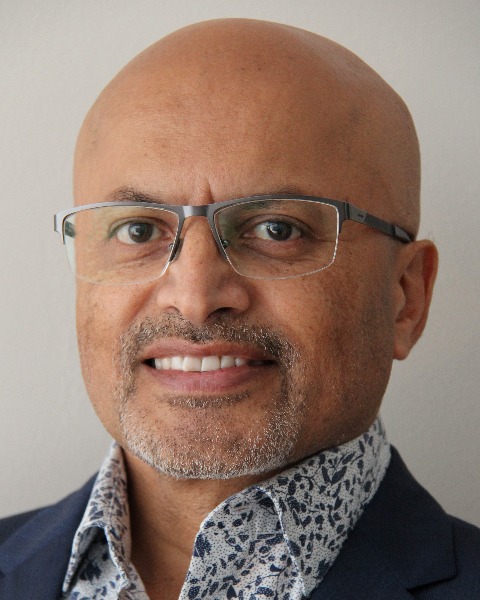Practice Development
Gender Discrepancy in Interventional Radiology: Potential Contributory Factors at the Resident Level
- FH
Francine Heelan, MD (she/her/hers)
Radiology Resident
QEII Health Sciences CentreDisclosure(s): No financial relationships to disclose
- MA
Mohamed Abdolell, M.Sc, P.Stat
Associate Professor
QEII Health Sciences Centre 
Robert J. Abraham, MD, FSIR, FRCPC
Professor
Dalhousie University/QEII Health Sciences Center- JD
Jessica Dobson, MD
Radiology Resident
QEII Health Sciences Centre - ML
Morgan Lawley, MD
Radiology Resident
QEII Health Sciences Centre - DM
Daria Manos, MD, FRCPC
Associate Professor
QEII Health Sciences Centre
Presenting Author(s)
Author/Co-author(s)
Only 11% of interventional radiologists in Canada are women {1} with a similar disparity existing in the United States {2}. The primary aim of this study is to determine in a survey of radiology residents at Canadian programs how much more likely women are than men to not pursue IR because of duty hours and call requirements. The secondary aim was to describe differences between genders in their experiences in IR and factors that may have contributed to their decision to not pursue IR as a subspecialty.
Materials and Methods:
A survey study was conducted among Canadian radiology residents. The anonymous 26-item survey assessed learner experiences in IR. A subset of questions targeted towards residents not pursuing IR was included. An odds ratio and associated 95% confidence interval was computed to assess how much more likely women are than men to not pursue IR because of duty hours and call requirements. Institutional ethics approval was obtained.
Results:
Women were 3.6 times more likely than men to not pursue IR because of duty hours and call requirements (OR=3.6, 95% CI [0.56, 23.24]). Of the 46 respondents, 25 were women, 20 were men, and only 1 was non-binary and therefore excluded from analysis. Men reported higher rates of exposure to IR in medical school (95% vs. 75%), asked their residency program directors for earlier exposure to IR (26% vs. 9%), and reported a higher rate of encouragement to apply to IR by IR staff physicians (61% vs. 43%). Interestingly, men and women reported similar rates of experiencing gender bias in IR (21% vs. 25%), however more women reported that this bias influenced their decision to pursue IR. Women who did not pursue IR reported higher rates of a lack of interest in procedures (55% vs. 33%) and that a lack of mentorship influenced their decision (35% vs. 14%). Women not pursuing IR reported a higher rate of concern regarding the physical demands of the daily work (80% vs. 57%) and a higher rate of concern regarding radiation (50% vs. 23%). Both women and men not pursuing IR reported similar low rates of concern regarding litigation and a lack of employment opportunities. Both genders also reported a similar low rate of concern that late exposure to IR in residency contributed towards their decision to not pursue IR.
Conclusion:
This study provides insight into the gender discrepancy in IR. Women’s choice to pursue IR as a subspecialty is impacted by duty hours and call requirements. Given the growing interest of trainees in IR, it will be increasingly important to both attract and retain women trainees in the field of IR to promote diversity and this study may direct further efforts in doing so.

.jpg)
.jpg)
.png)
.jpg)
.png)
.png)
.png)
.png)
.png)